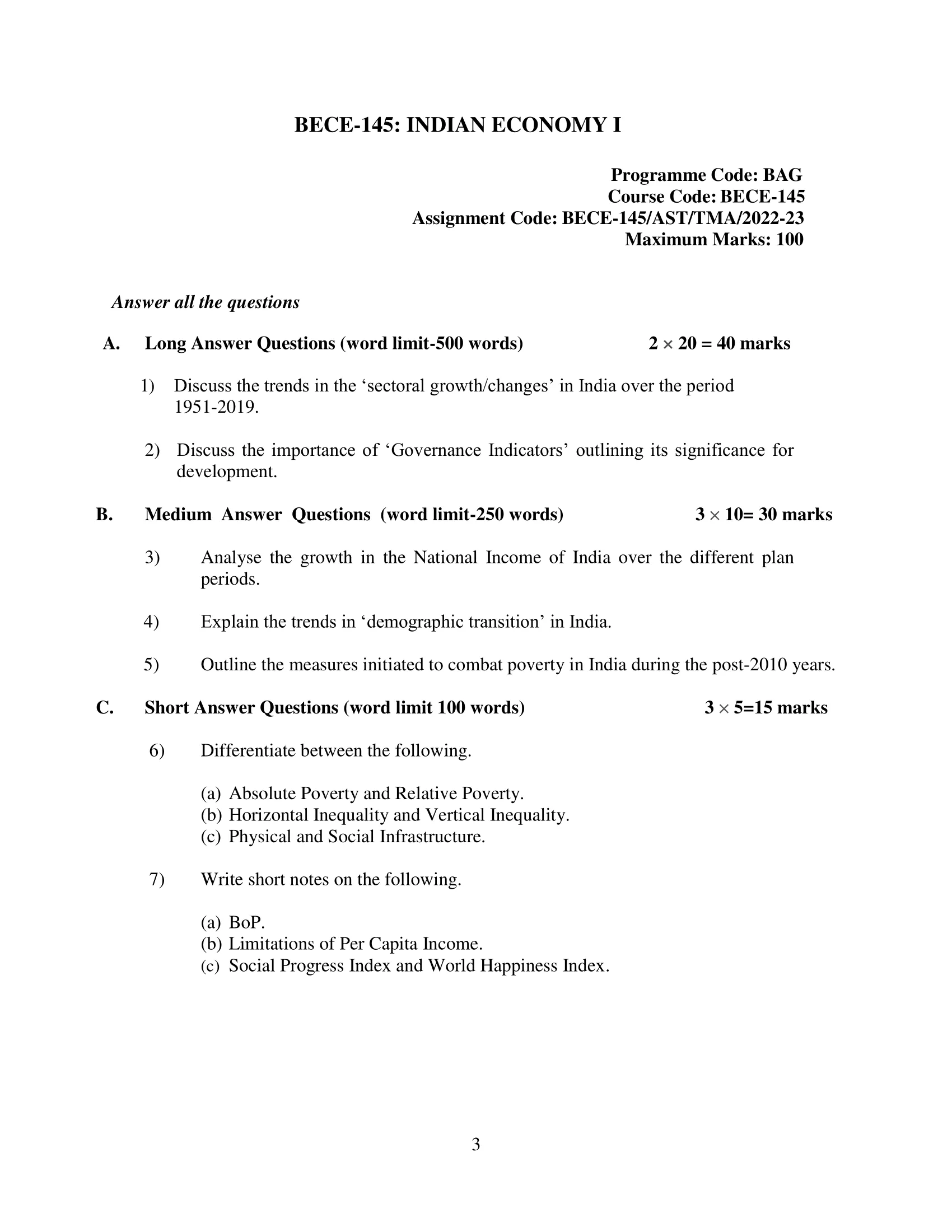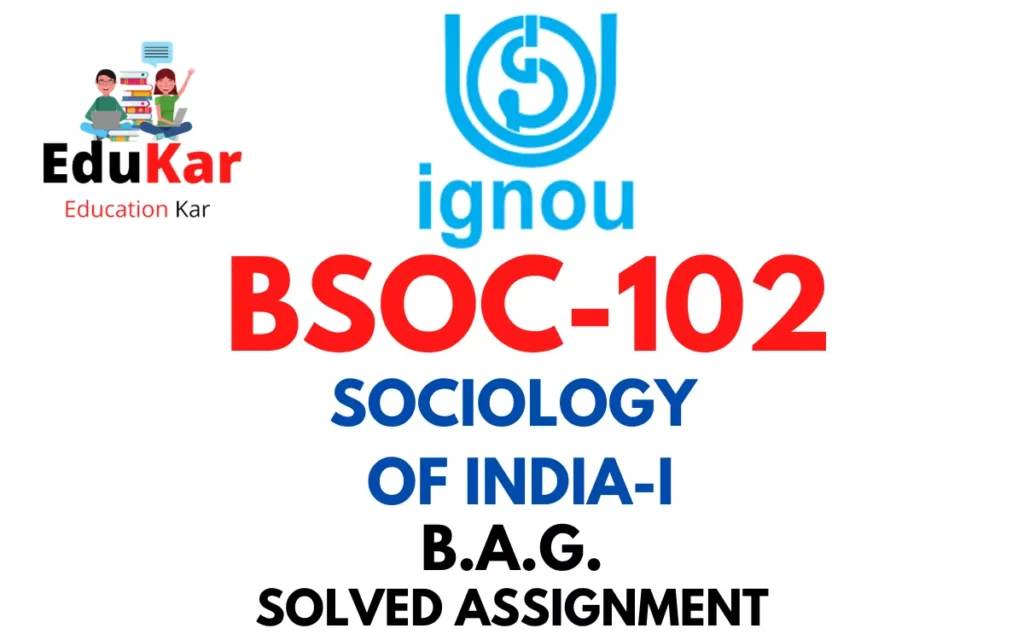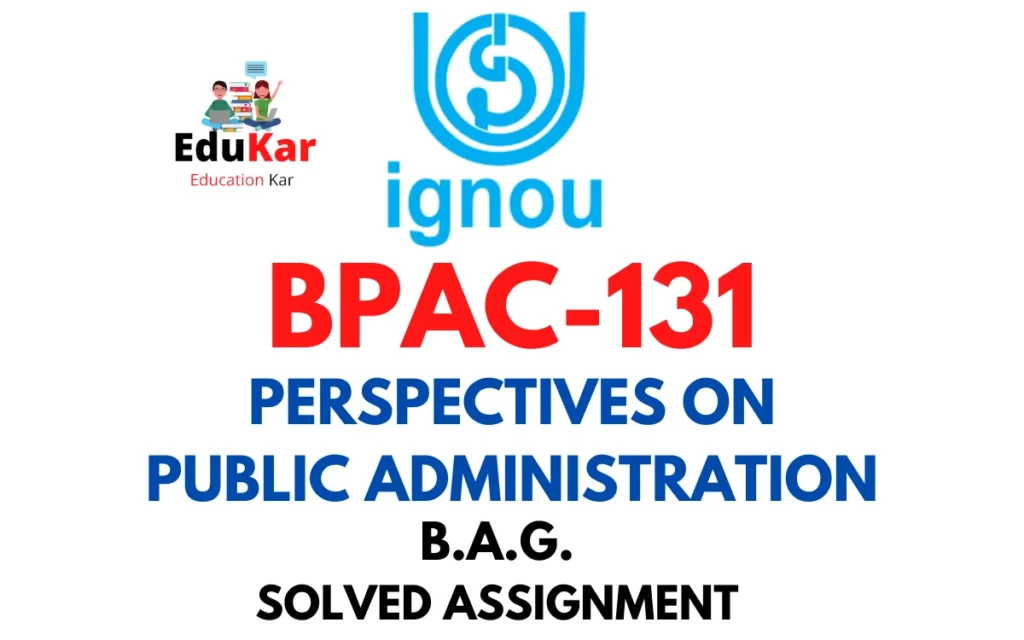Contents
- 1 A. Long Answer Questions (word limit-500 words) 2 × 20 = 40 marks
- 2 1) Discuss the trends in the ‘sectoral growth/changes’ in India over the period 1951-2019.
- 3 2) Discuss the importance of ‘Governance Indicators’ outlining its significance for development.
- 4 B. Medium Answer Questions (word limit-250 words) 3 × 10= 30 marks
- 5 3) Analyse the growth in the National Income of India over the different plan periods.
- 6 4) Explain the trends in ‘demographic transition’ in India.
- 7 5) Outline the measures initiated to combat poverty in India during the post-2010 years.
- 8 C. Short Answer Questions (word limit 100 words) 3 × 5=15 marks
- 9 6) Differentiate between the following.
- 10 (a) Absolute Poverty and Relative Poverty.
- 11 (b) Horizontal Inequality and Vertical Inequality.
- 12 (c) Physical and Social Infrastructure.
- 13 7) Write short notes on the following.
- 14 (a) BoP
- 15 (b) Limitations of Per Capita Income.
- 16 (c) Social Progress Index and World Happiness Index.

| Title | BECE-145: IGNOU BAG Solved Assignment 2022-2023 |
| University | IGNOU |
| Degree | Bachelor Degree Programme |
| Course Code | BECE-145 |
| Course Name | INDIAN ECONOMY 1 |
| Programme Name | Bachelor of Arts (General) |
| Programme Code | BAG |
| Total Marks | 100 |
| Year | 2022-2023 |
| Language | English |
| Assignment Code | BECE-145/AST/TMA/2022-23 |
| Last Date for Submission of Assignment: | For June Examination: 31st April For December Examination: 30th September |

A. Long Answer Questions (word limit-500 words) 2 × 20 = 40 marks
1) Discuss the trends in the ‘sectoral growth/changes’ in India over the period 1951-2019.
Ans: The Indian economy has undergone significant changes and growth over the period of 1951 to 2019. During this period, India transitioned from a predominantly agrarian economy to a mixed economy with a growing emphasis on the service and industrial sectors. In the following paragraphs, we will discuss the trends in the sectoral growth and changes in India over this period.
Agricultural sector: In the 1950s and 60s, the agricultural sector was the backbone of the Indian economy, contributing to over 50% of the country’s GDP. However, with the introduction of green revolution technology in the late 1960s and early 1970s, there was a significant increase in agricultural productivity, resulting in a decline in the sector’s share of GDP. By 2019, the agriculture sector contributed to only 17% of the country’s GDP.
Industrial sector: The industrial sector has undergone significant growth over the period 1951 to 2019. The government’s emphasis on import substitution industrialization (ISI) in the 1950s and 60s resulted in the establishment of many public sector units (PSUs) and the growth of heavy industries such as steel and cement. However, with the adoption of economic liberalization policies in the 1990s, the industrial sector witnessed a shift towards the private sector and a significant increase in foreign investment. This led to a rapid growth in sectors such as information technology and automobile manufacturing. By 2019, the industrial sector contributed to approximately 29% of the country’s GDP.
Service sector: The service sector in India has grown rapidly over the period 1951 to 2019, particularly since the 1990s with the adoption of economic liberalization policies. With the growth of the information technology industry, the service sector has become the largest contributor to India’s GDP, accounting for approximately 54% in 2019. The growth of the service sector has also led to the development of a range of services such as financial services, hospitality, and healthcare.
2) Discuss the importance of ‘Governance Indicators’ outlining its significance for development.
Ans: Governance indicators are quantitative measures used to assess the quality of governance in a country. They aim to capture various dimensions of governance such as accountability, transparency, rule of law, and the effectiveness of public institutions. The significance of governance indicators for development can be seen in several ways:
- Assessment of governance quality: Governance indicators provide a comprehensive and systematic way to assess the quality of governance in a country. This information is useful for policymakers, civil society organizations, and international development organizations to understand the strengths and weaknesses of governance systems and to identify areas for improvement.
- Evidence-based policymaking: Governance indicators provide empirical data that can inform policymaking. Policymakers can use this data to assess the effectiveness of existing policies, prioritize reforms, and allocate resources more efficiently.
- Enhancing accountability: By providing objective data on governance performance, governance indicators can help hold governments accountable to their citizens. This can improve the quality of governance by creating a feedback loop between citizens and their elected representatives.
- Improving transparency: Governance indicators can encourage greater transparency in government operations. This can help prevent corruption and enhance the quality of public services.
- Supporting development: Good governance is a key enabler of economic and social development. Governance indicators can help countries identify areas for improvement and support the development of effective governance systems that support economic and social progress.
B. Medium Answer Questions (word limit-250 words) 3 × 10= 30 marks
3) Analyse the growth in the National Income of India over the different plan periods.
Ans: The National Income of India has shown a significant growth over the different plan periods since independence. The growth of the national income in India can be divided into two phases, the pre-liberalization period (1951-1991) and the post-liberalization period (1991-present).
During the pre-liberalization period, the growth of the national income was characterized by a mixed economy, where the government played a crucial role in directing the economy through a series of five-year plans. During this period, the average annual growth rate of the national income was around 3.5%. Despite this, there were issues with low savings and investment rates, leading to a low rate of economic growth.
The post-liberalization period, which began in 1991, saw a shift towards a market-oriented economy. This period was characterized by economic liberalization, globalization, and the adoption of new economic policies. The reforms brought in various changes in the economic structure, leading to an increase in the rate of economic growth. The average annual growth rate of the national income increased to around 6.5% during this period.
Overall, the growth of the national income in India has been steady, with a few fluctuations. The post-liberalization period has seen a significant increase in the rate of economic growth compared to the pre-liberalization period. However, despite this growth, there are still challenges such as poverty, unemployment, and income inequality that need to be addressed. The government is working towards addressing these issues through various schemes and policies.
4) Explain the trends in ‘demographic transition’ in India.
Ans: Demographic transition refers to the shift in the population structure from high birth rates and high death rates to low birth rates and low death rates. The trend in demographic transition in India has been shaped by several factors, including improvements in healthcare, changes in social and cultural norms, and increased access to family planning methods.
In the pre-independence period, India was characterized by high birth rates and high death rates, leading to a young and growing population. With the improvement in healthcare and medical facilities, the death rate in India started to decline, leading to a decrease in the rate of population growth.
In the post-independence period, the government of India started to focus on population control and launched various family planning programs. These programs, along with changes in social and cultural norms, led to a decline in the birth rate in India. The birth rate declined from around 5 births per woman in the 1950s to around 2 births per woman in the present.
The trend in demographic transition in India is characterized by a shift towards an aging population, with a declining proportion of young people and an increasing proportion of older people. This trend is a result of the declining birth rate and the improving life expectancy. The life expectancy in India has increased from around 32 years in the 1950s to around 68 years in the present.
5) Outline the measures initiated to combat poverty in India during the post-2010 years.
Ans: In the post-2010 years, the Indian government initiated several measures to combat poverty in the country, some of the major ones are:
- National Food Security Act (NFSA) 2013: Aimed to provide subsidized food grains to economically weaker sections of the society.
- Pradhan Mantri Jan Dhan Yojana (PMJDY): A financial inclusion program that aims to provide access to banking services, insurance, and pension to the underbanked and unbanked population in India.
- Pradhan Mantri Awas Yojana (PMAY): A housing scheme aimed at providing affordable housing to the economically weaker sections and low-income groups.
- MGNREGA: The Mahatma Gandhi National Rural Employment Guarantee Act, which guarantees 100 days of wage-employment in a financial year to adult members of rural households.
- Skill India Program: A program aimed at providing vocational training to the youth to enhance their employability and income-earning potential.
- Swachh Bharat Abhiyaan: A cleanliness drive aimed at providing access to toilets and promoting cleanliness in rural and urban areas.
- Janani Suraksha Yojana (JSY): A maternal health program aimed at reducing maternal and neonatal mortality by promoting institutional deliveries.
- National Rural Livelihoods Mission (NRLM): A program aimed at promoting sustainable and equitable livelihood opportunities for the rural poor.
These measures have helped in reducing poverty, increasing access to basic amenities, and improving the standard of living of the economically weaker sections of the society in India.
C. Short Answer Questions (word limit 100 words) 3 × 5=15 marks
6) Differentiate between the following.
(a) Absolute Poverty and Relative Poverty.
Ans: Absolute poverty is defined as a state where people lack basic necessities such as food, clothing, and shelter, to maintain a minimum standard of living. Absolute poverty is measured by a set of standards that apply universally, regardless of the context. On the other hand, relative poverty is a condition where people lack the minimum resources compared to the general standard of living in their society. It is measured by comparing a person’s income or resources to the average income of others in their society. In short, absolute poverty is about the bare minimum for survival, while relative poverty is about not having enough resources compared to others in one’s society.
(b) Horizontal Inequality and Vertical Inequality.
Ans: Horizontal inequality refers to unequal distribution of resources and opportunities among individuals or groups within the same society or geographical location. It refers to unequal access to education, healthcare, employment, income, and other resources. On the other hand, vertical inequality refers to unequal distribution of resources and opportunities between different socio-economic classes or communities. It reflects the unequal distribution of wealth and power between the rich and the poor, the educated and the uneducated, and other similar divisions. Horizontal inequality focuses on unequal treatment of individuals or groups within a society, while vertical inequality focuses on unequal treatment across different societies or communities.
(c) Physical and Social Infrastructure.
Ans: Physical infrastructure refers to the tangible and physical structures and facilities that support a society’s economic and social activities, such as roads, bridges, airports, ports, water supply and treatment systems, energy systems, and communication networks. Physical infrastructure provides the foundation for economic development and growth.
On the other hand, social infrastructure refers to the intangible and non-physical structures and facilities that support a society’s social activities and well-being, such as schools, hospitals, public spaces, parks, cultural and sporting facilities, and community services. Social infrastructure provides the foundation for social development and cohesion, and is critical for maintaining a high quality of life.
In short, physical infrastructure provides the necessary support for economic activities, while social infrastructure provides the necessary support for social and community activities.
7) Write short notes on the following.
(a) BoP
Ans: BoP stands for “Balance of Payments.” It is a record of all economic transactions made between one country and the rest of the world over a specific period of time, typically a year. The BoP account consists of two main components: the current account, which reflects a country’s trade balance (exports minus imports), and the capital account, which records financial transactions such as foreign investment, borrowing, and lending. The BoP account measures a country’s international payments and receipts and helps determine its financial position in the global market. A country’s BoP account must balance, with payments into the country equaling payments out of the country, otherwise a country experiences a BoP deficit or surplus.
(b) Limitations of Per Capita Income.
Ans: Per capita income is the average income earned per person in a given area, typically a country, and is often used as a measure of a country’s standard of living. However, it has several limitations as follows:
- Does not reflect inequality: Per capita income does not take into account the distribution of income within a country, and as such, it may give a misleading picture of a country’s standard of living if the income is highly concentrated in the hands of a small portion of the population.
- Does not account for differences in cost of living: Per capita income does not reflect differences in the cost of living between countries, making comparisons between countries difficult.
- Does not measure non-monetary income: Per capita income only measures income that is earned in the form of money and does not take into account non-monetary forms of income such as bartering or subsistence agriculture.
- Does not reflect changes over time: Per capita income does not reflect changes in the economy over time, and as such, it may not accurately reflect the changes in a country’s standard of living.
- Does not account for externalities: Per capita income does not take into account the negative externalities that may result from economic activities such as pollution or environmental degradation.
(c) Social Progress Index and World Happiness Index.
Ans: Social Progress Index: The Social Progress Index (SPI) is a composite measure of a country’s well-being, taking into account not only its income but also its social and environmental performance. It covers three broad dimensions: Basic Human Needs (such as access to food, water, and shelter), Foundations of Wellbeing (such as health, education, and personal safety), and Opportunity (such as personal rights, freedom of choice, and access to information). The SPI is calculated based on a set of specific indicators and aims to provide a comprehensive picture of a country’s social progress beyond the traditional measure of Gross Domestic Product (GDP).
(b) World Happiness Index: The World Happiness Index (WHI) is an annual publication that ranks countries based on the happiness and well-being of their citizens. The index is based on six key factors: Gross Domestic Product per capita, social support, healthy life expectancy, freedom to make life choices, trust in government, and generosity. The index provides a comprehensive picture of a country’s well-being and seeks to inspire action by policymakers and citizens to improve their own happiness. Unlike the SPI, the WHI does not cover environmental performance and is focused more narrowly on individual well-being.
How to Download BECE-145 Solved Assignment?
You can download it from the www.edukar.in, they have a big database for all the IGNOU solved assignments.
Is the BECE-145 Solved Assignment Free?
Yes this is absolutely free to download the solved assignment from www.edukar.in
What is the last submission date for BECE-145 Assignment?
For June Examination: 31st April, For December Examination: 30th October
















